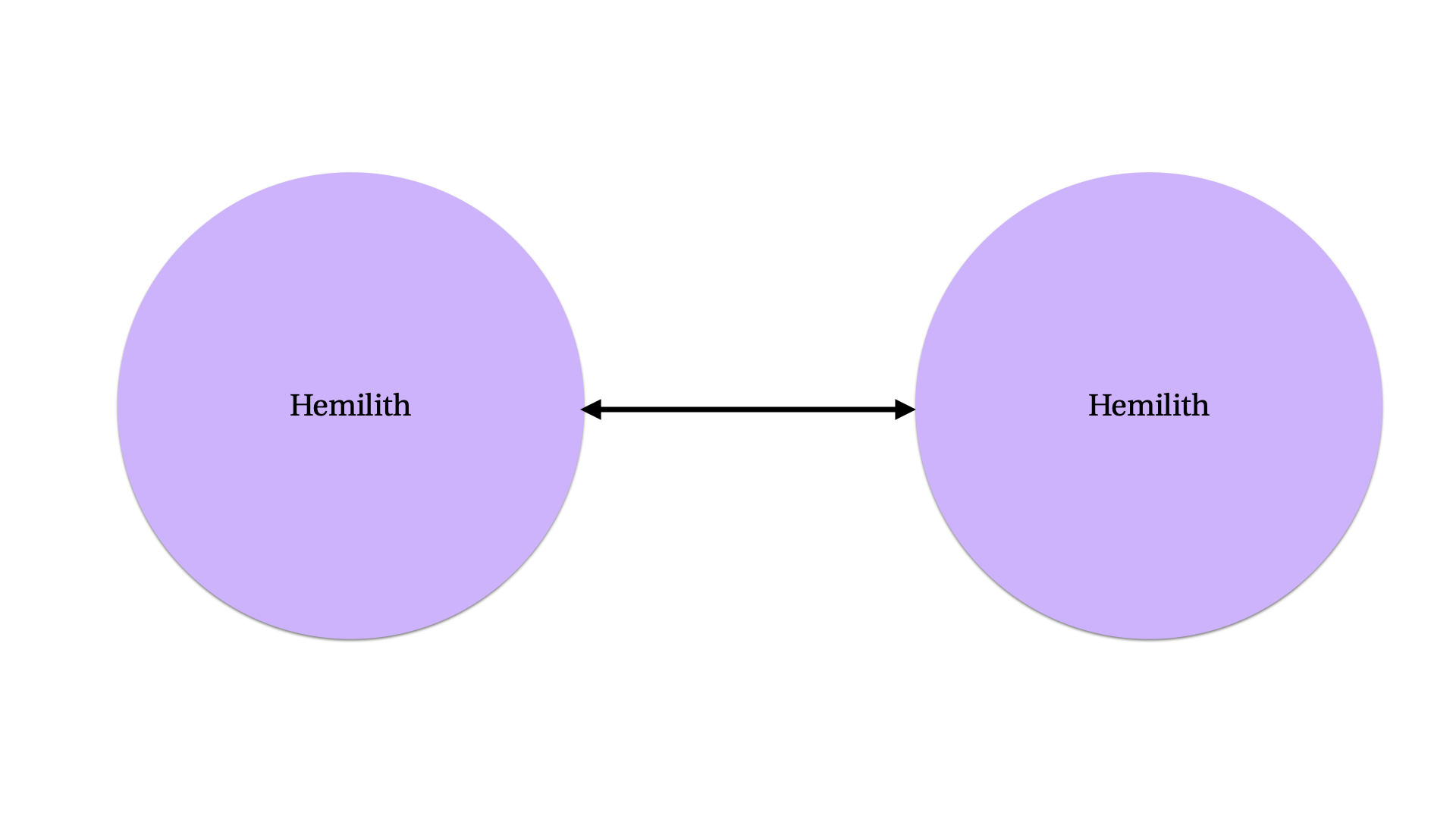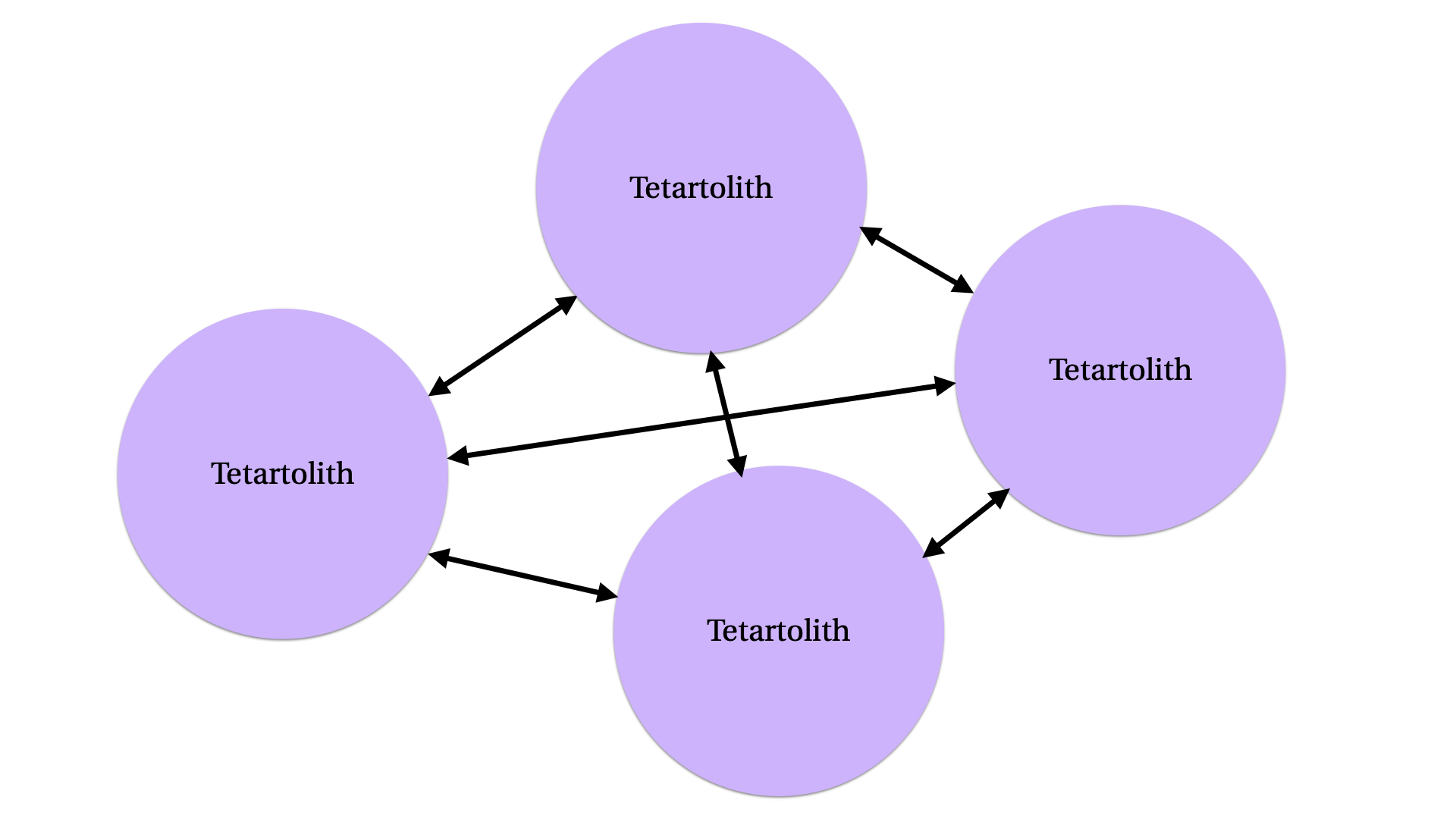One of the most unfortunate things about learning Python is that there are so many different ways to get it installed, and you need to choose one before you even begin. The differences can also be subtle and require technical depth to truly understand, which you don’t have yet.1 Even experts can be missing information about which one to use and why.
There are perhaps more of these on macOS than on any other platform, and that’s the platform I primarily use these days. If you’re using macOS, I’d like to make it simple for you.
The One You Probably Want: Python.org
My recommendation is to use an official build from python.org.
I recommed the official installer for most uses, and if you were just looking for a choice about which one to use, you can stop reading now. Thanks for your time, and have fun with Python.
If you want to get into the nerdy nuances, read on.
For starters, the official builds are compiled in such a way that they will run
on a wide range of macs, both new and old. They are universal2 binaries,
unlike some other builds, which means you can distribute them as part of a mac
application.
The main advantage that the Python.org build has, though, is very subtle, and not any concrete technical detail. It’s a social, structural issue: the Python.org builds are produced by the people who make CPython, who are more likely to know about the nuances of what options it can be built with, and who are more likely to adopt their own improvements as they are released. Third party builders who are focused on a more niche use-case may not realize that there are build options or environment requirements that could make their Pythons better.
I’m being a bit vague deliberately here, because at any particular moment in time, this may not be an advantage at all. Third party integrators generally catch up to changes, and eventually achieve parity. But for a specific upcoming example, PEP 703 will have extensive build-time implications, and I would trust the python.org team to be keeping pace with all those subtle details immediately as releases happen.
(And Auto-Update It)
The one downside of the official build is that you have to return to the website to check for security updates. Unlike other options described below, there’s no built-in auto-updater for security patches. If you follow the normal process, you still have to click around in a GUI installer to update it once you’ve clicked around on the website to get the file.
I have written a micro-tool to address this and you can pip install
mopup and then periodically run mopup
and it will install any security updates for your current version of Python,
with no interaction besides entering your admin password.
(And Always Use Virtual Environments)
Once you have installed Python from python.org, never pip install anything
globally into that Python, even using the --user flag. Always, always use a
virtual
environment
of some kind. In fact, I recommend configuring it so that it is not even
possible to do
so, by
putting this in your ~/.pip/pip.conf:
1 2 | |
This will avoid damaging your Python installation by polluting it with libraries that you install and then forget about. Any time you need to do something new, you should make a fresh virtual environment, and then you don’t have to worry about library conflicts between different projects that you may work on.
If you need to install tools written in Python, don’t manage those
environments directly, install the tools with
pipx. By using pipx, you allow each tool
to maintain its own set dependencies, which means you don’t need to worry about
whether two tools you use have conflicting version requirements, or whether the
tools conflict with your own code.2
The Others
There are, of course, several other ways to install Python, which you probably don’t want to use.
The One For Running Other People’s Code, Not Yours: Homebrew
In general, Homebrew Python is not for you.
The purpose of Homebrew’s python is to support applications packaged within
Homebrew, which have all been tested against the versions of python libraries
also packaged within Homebrew. It may upgrade without warning on just about
any brew operation, and you can’t downgrade it without breaking other parts
of your install.
Specifically for creating redistributable binaries, Homebrew python is
typically compiled only for your specific architecture, and thus will not
create binaries that can be used on Intel macs if you have an Apple Silicon
machine, or will run slower on Apple Silicon machines if you have an Intel mac.
Also, if there are prebuilt wheels which don’t yet exist for Apple Silicon, you
cannot easily arch -x86_64 python ... and just install them; you have to
install a whole second copy of Homebrew in a different location, which is a
headache.
In other words, homebrew is an alternative to pipx, not to Python. For that
purpose, it’s fine.
The One For When You Need 20 Different Pythons For Debugging: pyenv
Like Homebrew, pyenv will default to building a single-architecture binary. Even worse, it will not build a Framework build of Python, which means several things related to being a mac app just won’t work properly. Remember those build-time esoterica that the core team is on top of but third parties may not be? “Should I use a Framework build” is an enduring piece of said esoterica.
The purpose of pyenv is to provide a large matrix of different, precise legacy
versions of python for library authors to test compatibility against those
older Pythons. If you need to do that, particularly if you work on different
projects where you may need to install some random super-old version of Python
that you would not normally use to test something on, then pyenv is great.
But if you only need one version of Python, it’s not a great way to get it.
The Other One That’s Exactly Like pyenv: asdf-python
The issues are exactly the same as with pyenv, as the tool is a straightforward alternative for the exact same purpose. It’s a bit less focused on Python than pyenv, which has pros and cons; it has broader community support, but it’s less specifically tuned for Python. But a comparative exploration of their differences is beyond the scope of this post.
The Built-In One That Isn’t Really Built-In: /usr/bin/python3
There is a binary in /usr/bin/python3 which might seem like an appealing
option — it comes from Apple, after all! — but it is provided as a developer
tool, for running things like build scripts. It isn’t for building
applications with.
That binary is not a “system python”; the thing in the operating system itself is only a shim, which will determine if you have development tools, and shell out to a tool that will download the development tools for you if you don’t. There is unfortunately a lot of folk wisdom among older Python programmers who remember a time when apple did actually package an antedeluvian version of the interpreter that seemed to be supported forever, and might suggest it for things intended to be self-contained or have minimal bundled dependencies, but this is exactly the reason that Apple stopped shipping that.
If you use this option, it means that your Python might come from the Xcode
Command Line Tools, or the Xcode application, depending on the state of
xcode-select in your current environment and the order in which you installed
them.
Upgrading Xcode via the app store or a developer.apple.com manual download — or its command-line tools, which are installed separately, and updated via the “settings” application in a completely different workflow — therefore also upgrades your version of Python without an easy way to downgrade, unless you manage multiple Xcode installs. Which, at 12G per install, is probably not an appealing option.3
The One With The Data And The Science: Conda
As someone with a limited understanding of data science and scientific computing, I’m not really qualified to go into the detailed pros and cons here, but luckily, Itamar Turner-Trauring is, and he did.
My one coda to his detailed exploration here is that while there are good reasons to want to use Anaconda — particularly if you are managing a data-science workload across multiple platforms and you want a consistent, holistic development experience across a large team supporting heterogenous platforms — some people will tell you that you need Conda to get you your libraries if you want to do data science or numerical work with Python at all, because Conda is how you install those libraries, and otherwise things just won’t work.
This is a historical artifact that is no longer true. Over the last decade, Python Wheels have been comprehensively adopted across the Python community, and almost every popular library with an extension module ships pre-built binaries to multiple platforms. There may be some libraries that only have prebuilt binaries for conda, but they are sufficiently specialized that I don’t know what they are.
The One for Being Consistent With Your Cloud Hosting
Another way to run Python on macOS is to not run it on macOS, but to get another computer inside your computer that isn’t running macOS, and instead run Python inside that, usually using Docker.4
There are good reasons to want to use a containerized configuration for development, but they start to drift away from the point of this post and into more complicated stuff about how to get your Python into the cloud.
So rather than saying “use Python.org native Python instead of Docker”, I am specifically not covering Docker as a replacement for a native mac Python here because in a lot of cases, it can’t be one. Many tools require native mac facilities like displaying GUIs or scripting applications, or want to be able to take a path name to a file without elaborate pre-work to allow the program to access it.
Summary
If you didn’t want to read all of that, here’s the summary.
If you use a mac:
- Get your Python interpreter from python.org.
- Update it with
mopupso you don’t fall behind on security updates. - Always use venvs for specific projects, never
pip installanything directly. - Use
pipxto manage your Python applications so you don’t have to worry about dependency conflicts. - Don’t worry if Homebrew also installs a
pythonexecutable, but don’t use it for your own stuff. - You might need a different Python interpreter if you have any specialized requirements, but you’ll probably know if you do.
Acknowledgements
Thank you to my patrons who are supporting my writing on this blog. If you like what you’ve read here and you’d like to read more of it, or you’d like to support my various open-source endeavors, you can support my work as a sponsor! I am also available for consulting work if you think your organization could benefit from expertise on topics like “which Python is the really good one”.
-
If somebody sent you this article because you’re trying to get into Python and you got stuck on this point, let me first reassure you that all the information about this really is highly complex and confusing; if you’re feeling overwhelmed, that’s normal. But the good news is that you can really ignore most of it. Just read the next little bit. ↩
-
Some tools need to be installed in the same environment as the code they’re operating on, so you may want to have multiple installs of, for example, Mypy, PuDB, or sphinx. But for things that just do something useful but don’t need to load your code — such as this small selection of examples from my own collection: certbot, pgcli, asciinema, gister, speedtest-cli —
pipxmeans you won’t have to debug wonky dependency interactions. ↩ -
The command-line tools are a lot smaller, but cannot have multiple versions installed at once, and are updated through a different mechanism. There are odd little details like the fact that the default bundle identifier for the framework differs, being either
org.python.pythonorcom.apple.python3. They’re generally different in a bunch of small subtle ways that don’t really matter in 95% of cases until they suddenly matter a lot in that last 5%. ↩ -
Or minikube, or podman, or colima or whatever I guess, there’s way too many of these containerization Pokémon running around for me to keep track of them all these days. ↩









